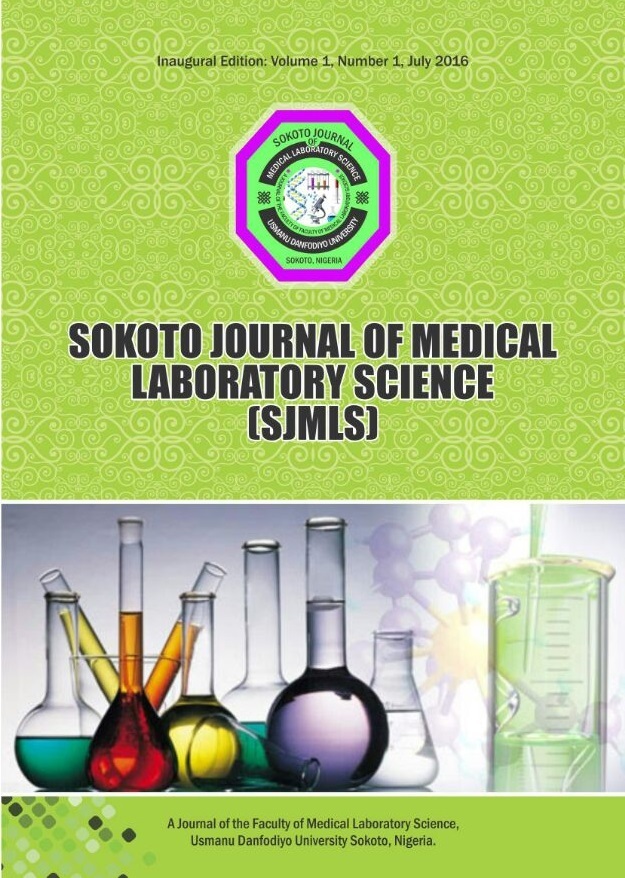Evaluation of the Combined Extract of Rauwolfia vomitoria and Aframomum melegueta on theKidney and Liver of Adult Male WistarRats
DOI:
https://doi.org/10.4314/sokjmls.v9i2.24Keywords:
Phytomedicine, Rauwolfia vomitoria, Aframomum melegueta, Interleukin-10, Nuclear factor erythroid 2-related factor 2 (NRF-2).Abstract
Phytomedicine, also known as herbal medicine, has seen a great upsurge globally. It refers to the use of plants, herbs, and mixtures of well-known plant metabolites to cure and mitigate human diseases. They are often used because they are natural and therefore assumed to be safer than allopathic medicines. In recent times, however, there has been a growing concern about their safety. This study aimed to evaluate the combined effect of methanolic extract of Rauwolfia vomitoria and Aframomum melegueta on renal and liver morphology of experimental animals with respect to the expression of Interleukin 10 (IL-10) and nuclear factor erythroid 2-related factor 2 (NRF2). Twenty adults male Wistar rats weighing 180-230g were grouped into four consisting of a control and three test groups. While the control rats were administered with distilled water only, the rats in groups II and III were singly administered with methanolic extracts of Rauwolfia vomitoria and Aframomum melegueta at standard doses of 250mg/kg/BW respectively while rats in group IV were co-administered with the methanolic extracts of Rauwolfia vomitoria and Aframomum melegueta at 250mg/kg/BW respectively. At the end of the experiment, the rats were euthanized, and the kidneys and livers were analysed for histological and mRNA analysis. Histopathological findings revealed no cytopathic lesions on the renal and liver morphology across all groups while mRNA expression studies indicated the anti-inflammatory and antioxidant effects of the plants by upregulating the expression of IL-10 and Nrf-2 in the treated groups. The administration of the leaf extracts of Rauwolfia vomitoria and Aframomum melegueta at a dosage of 250mg/kg/BW has no cytopathic effects on the kidney and liver morphology of wistar rats with the co-administrative extract treatment better upregulating the expression of IL-10 and NRF-2 than single administration in the treated rats thus indicating its antioxidative potential and safety of usage and further validating their use in traditional medical practice.




